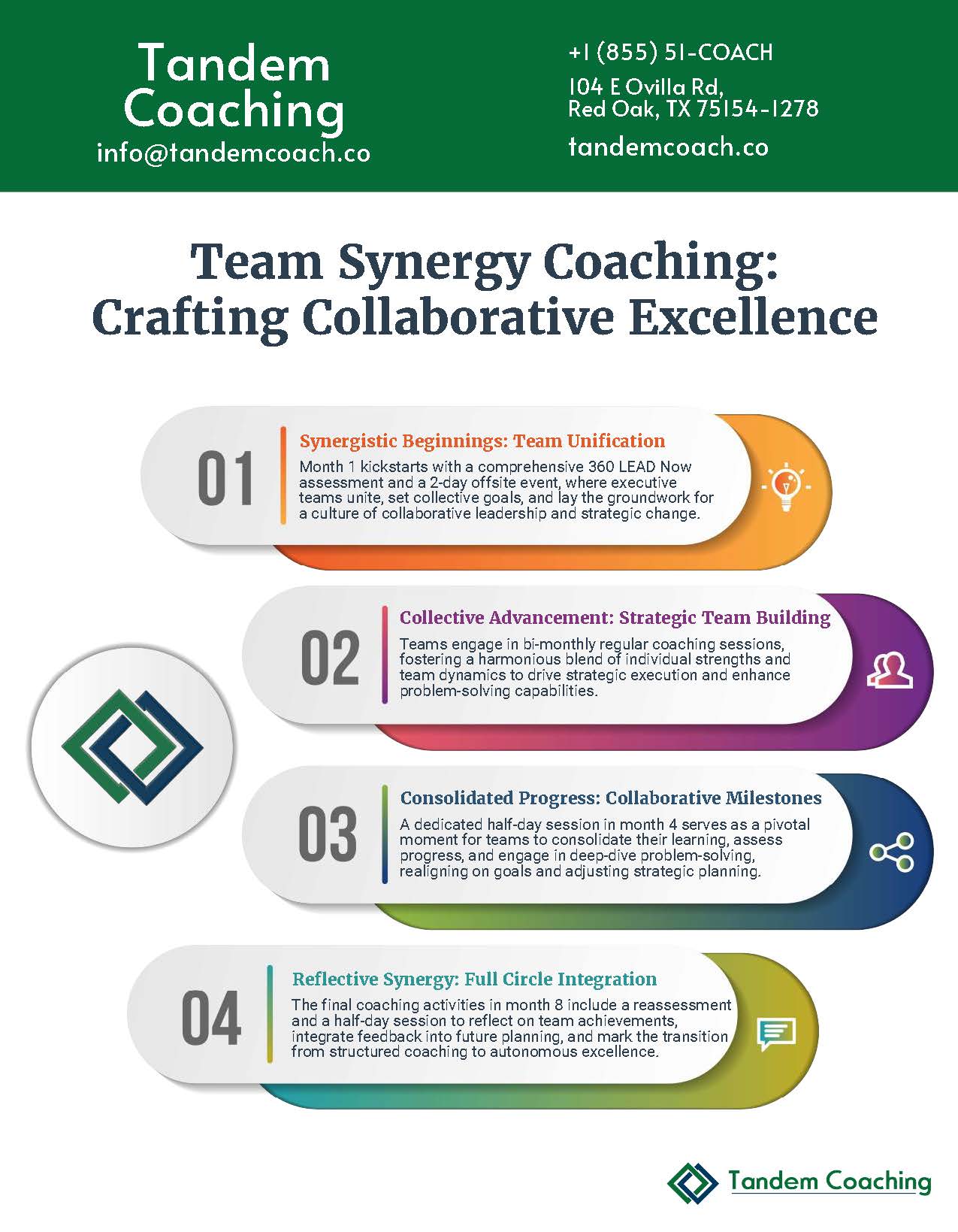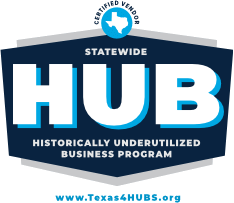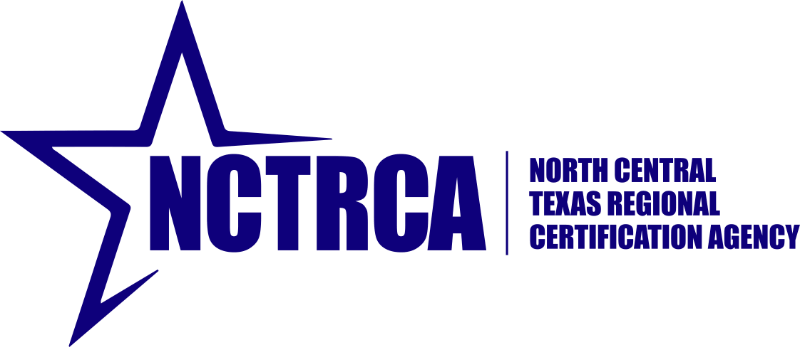Hi, Cherie here! Establishing an engagement plan is a pivotal step in leadership and executive team coaching within modern organizations. It’s about setting a clear direction, defining roles, and ensuring that every action aligns with the overarching goals of the organization. Today, I want to share four strategic steps derived from my experience and insights on creating a robust engagement plan that fosters effective collaboration and drives organizational success.
1. Conduct a Comprehensive System Assessment
Before diving into coaching, it’s essential to understand the system you’re working with. This means conducting a thorough survey to identify alignments and misalignments within the organization, understanding systemic themes and impediments, and getting a grasp of the overall system culture. This step is crucial for tailoring your coaching plan to address specific needs and challenges.
2. Engage with Various Organizational Levels
Leadership coaching isn’t just about working with the top tier of an organization. To get a holistic view, engage with individuals across multiple levels. This approach ensures that your coaching plan accounts for diverse perspectives and voices within the organization, from front-line employees to senior executives. It’s about creating a dialogue that includes everyone’s insights and challenges.
3. Define Clear, Measurable Goals
A successful engagement plan hinges on the clarity of its goals. Work with the leadership team to define specific, measurable, achievable, relevant, and time-bound (SMART) goals. This clarity not only guides the coaching process but also provides a benchmark for measuring success. For instance, if role clarity within the team is an issue, set goals that focus on defining responsibilities and functions, ensuring critical roles are filled, and establishing clear ownership of tasks.
4. Establish a Feedback Loop for Continuous Improvement
Finally, set up mechanisms for ongoing feedback and evaluation. This could include regular check-ins to assess progress towards the goals, revisiting and adjusting the coaching plan as needed, and encouraging open communication within the team. The aim is to create a dynamic coaching environment that adapts to challenges and celebrates successes along the way.
By following these steps, you can create an engagement plan that not only addresses the immediate needs of the leadership team but also sets the stage for long-term growth and success. Remember, the goal of coaching is to empower teams to navigate their challenges and leverage their strengths, and a well-crafted engagement plan is your roadmap to achieving this.
Until next time, Cherie 💚



![How to Create a Leadership Development Plan [Step-By-Step Process]](https://cdn.tandemcoach.co/wp-content/uploads/2024/08/Why-Should-I-Hire-an-Executive-Coach-300x200.jpg)













